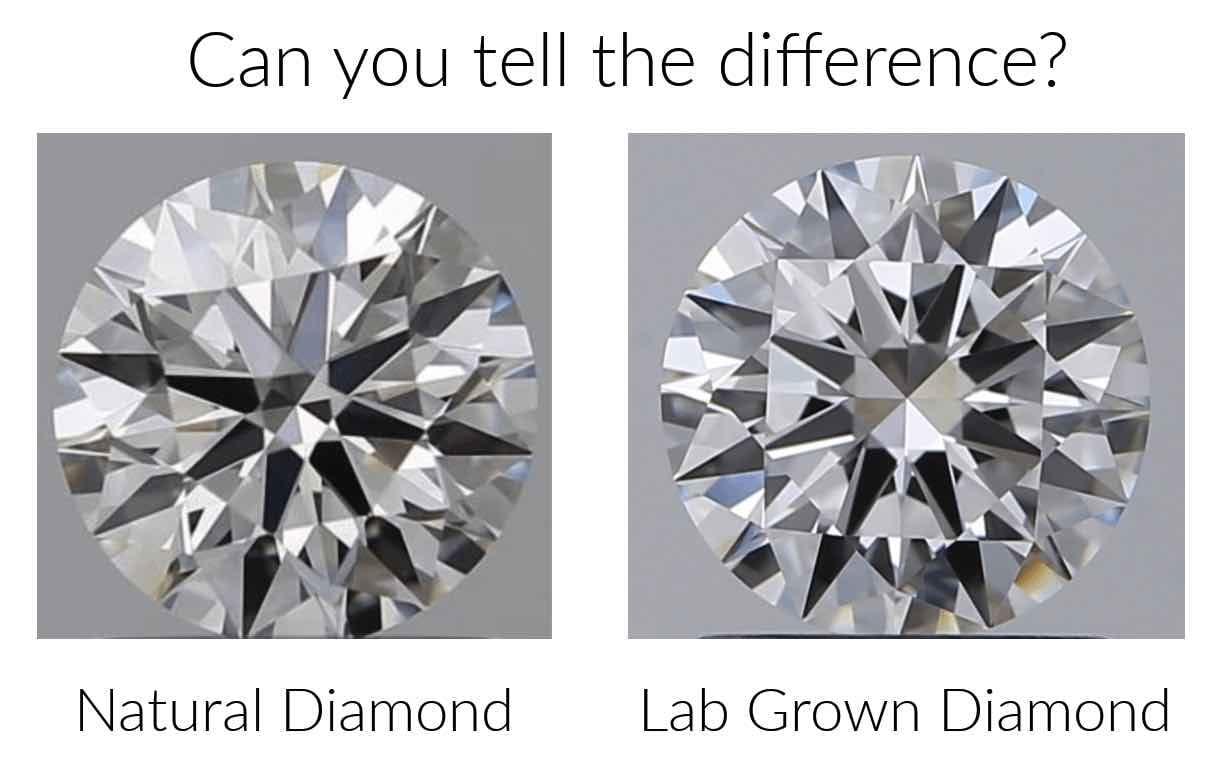
The Science Behind Lab-Grown Diamonds: How Are They Made?
How Are They Made?
For centuries, traditionally mined diamonds have been a symbol of luxury, prestige, and exclusivity. Of course, as they take millions of years to form and require expensive and complex mining operations to be brought to the surface, natural diamonds are rather rare and, therefore, fairly pricey. However, the advancements in technology have brought a new player into the rare gemstone scene – lab-grown diamonds. These gems, created in the controlled lab setting, offer a more affordable and eco-friendly alternative to earth-mined diamonds while maintaining the allure and timeless beauty of their natural counterparts. Today, leading names in the online diamond industry, such as Rare Carat Diamonds, offer not only a selection of natural pieces but also a vast range of lab-grown diamonds, crafted to the highest standards of quality and sophistication.
How are Lab-Grown Diamonds Made?
The visual appearance, chemical qualities, and physical composition of natural and lab-grown diamonds are almost identical. Going through the Rare Carat Diamonds catalog, you’ll quickly notice that there’s practically no difference between the two types. If you decide to shop here, you can rest assured that both natural and man-made diamonds are not only visually stunning but also of the highest quality.
Both kinds of diamonds are made of pure carbon and subjected to extreme pressure and heat to get to the final product. However, their origin and the creation process differ. Earth-mined diamonds form deeply underground where the carbon is compressed in intense conditions into a compact form. This process can take millions of years before the diamonds are brought to the surface through volcanic explosions. So, it’s no wonder they’re so rare. On the other hand, lab-grown diamonds are created in an artificial setting in a much shorter period of time, often no longer than a few weeks. Still, the process itself mimics what happens within the Earth’s mantle and involves replicating the conditions in which the natural diamonds are formed. For more info on the differences between the two types of diamonds, you can check www.rarecarat.com/blog/diamond-ring-tips/lab-grown-diamonds-vs-real-diamonds.
Lab-grown diamonds (also known as man*made, cultured, or synthetic diamonds) are typically created through one of two different processes: High Pressure-High Temperature (HPHT) and Chemical Vapor Deposition (CVD).
High Pressure-High Temperature (HPHT)
HPHT or High Pressure-High Temperature is the first method developed for creating lab-grown diamonds, dating back to the 1950s. The technique involves placing a diamond seed (an extremely tiny piece of natural diamond) into a carbon-rich environment. Of course, carbon is the element diamonds are made of. Usually, the carbon starting material is graphite, a well-known mineral composed of pure carbon. The diamond seed is then exposed to extreme pressure and heat, conditions similar to those natural diamonds experience when growing deep under the Earth’s crust. To get an idea of how intense these conditions are, the temperature the diamond seed is exposed to is around 2,000 degrees Fahrenheit, while the pressure is at 1.5 million PSI. During the process, the carbon surrounding melts and crystallizes, creating the lab-grown diamond around the seed before it’s cooled to get its final form. Depending on the size and quality of the diamond, the entire process can take from a few hours to a few weeks.
Chemical Vapor Deposition (CVD)
Another approach to crafting lab-grown diamonds is CVD (Chemical Vapor Deposition). The method, developed in the 1980s, replicates the way diamonds are created in interstellar gas clouds. Compared to HPHT, the CVD technique involves less pressure and uses smaller equipment, making it a bit more practical. Still, it aslo starts with a diamond seed. However, instead of the press, the seed, when using this method, is placed into a vacuum chamber, To create favorable conditions for the diamond formation, the chamber is filled with carbon-rich gasses (usually a mixture of carbon, hydrogen, and oxygen) and heated up to almost 1500 degrees Fahrenheit. At temperatures this high, the gas turns into plasma which results in the release of carbon pieces that stick to the substrate, crystalizing and building the diamond structure. While the process can also take weeks, the advantage of this method is that multiple diamonds can be grown simultaneously.
Discover Lab-Grown Excellence at Rare Carat Diamonds
Lab-grown diamonds have opened up a slew of new options for those seeking beautiful, ethical, and environment-friendly alternatives to natural diamonds. The scientific breakthroughs have enabled diamond manufacturers to use science and artistry to produce pieces that are more than a match for the visual appeal and quality of natural diamonds. So, when you shop here, at Rare Carat Diamonds, you will not only acquire a gorgeous lab-grown gem but also become a part of a movement toward a more sustainable and responsible diamond industry.

Comments are closed.